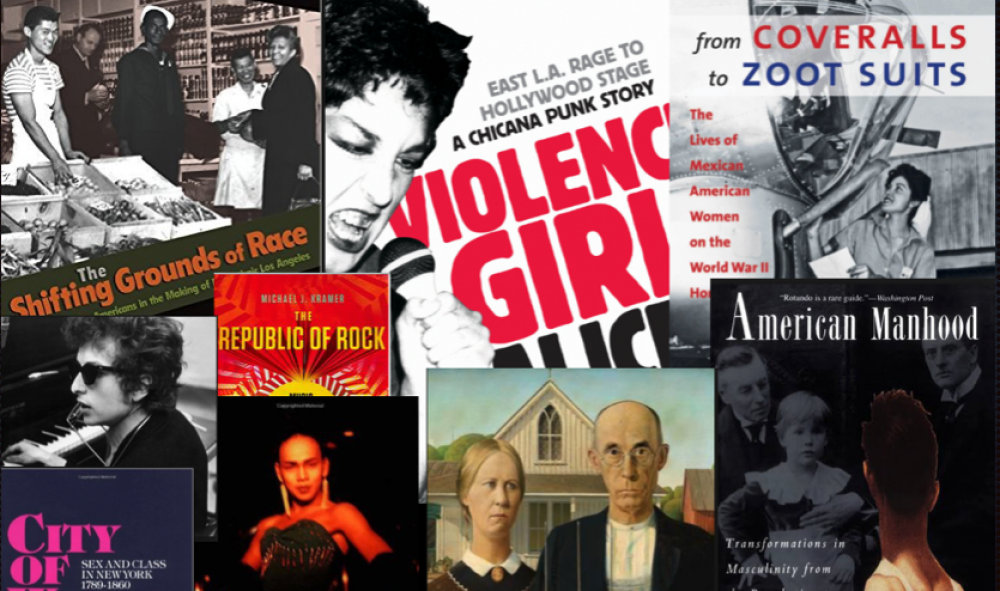2. Examine the gendered and sexualized constructions of the 1960s and 1970s dance floors utilizing Tim Lawrence’s Queering of the Dance Floor. How is mandatory heterosexuality subverted? Consider music, venue, DJs, etc. Within this framework, how do you see the evolution of “The Ball” as portrayed in Paris is Burning (1990)? Does the Ball reinforce heteronormative structures of gender identity (look to Butler in History of Drag Balls)? Or does it perform/accomplish something else?
In the first sections of Tim Lawrance’s Queering of the Dance Floor, he examines the dynamic sexuality of several “gay” dance clubs in New York. It is a common misconception to think that gay-owned discos were meant to be exclusively gay. Two of the most prominent clubs, the Loft and the Sanctuary, were very much open spaces for people from all walks of life. “Because the Loft was run as a private party, Mancuso could have run it as an exclusively male gay event, but he chose not to” (232). By creating a relatively safe environment without the usual societal pressures to conform, the people in these spaces felt free to dance with whomever they chose, or more commonly, by themselves. “Whereas dancers in the 1960s took to the floor within the regulated structure of the heterosexual couple, dancers in the 1970s began to take to the floor without a partner” (233). This was a subtle way that gay dance halls subverted oppressive heteronormativity. Another important aspect to consider was a New York State law that made male-male dancing illegal. On top of this, “discotheques were accordingly required to contain at least one woman for every three men” (232). However, clubs got around this by filling the female quota with both lesbians and straight women who just wanted a fun night of dancing away from straight men. (232) Lawrence argues that “gay” disco spaces “attempted to create a democratic, cross-cultural community that was open-ended in its formation,” which is generally undermined by focusing on the “gayness” of any given club. (233)
In this context, the documentary Paris is Burning feels comparatively exclusive. “Balls,” the apparent evolution of gay disco clubs, are almost entirely composed of gay or transexual men for the purpose of displaying their sexuality. However, Balls and discos are also very similar in nature because they positioned the people associated with them “as agents who could participate in a destabilizing or queer ritual that recast the experience of the body through a series of affective vectors” (233). In this way, both Balls and gay discos contradicted heteronormative structures of gender identity because they allowed participants to engage however they wanted. Of course, by the 1990’s, Balls had become far more extreme spaces of sexual expression than the discos of the 1960’s an 70’s.

